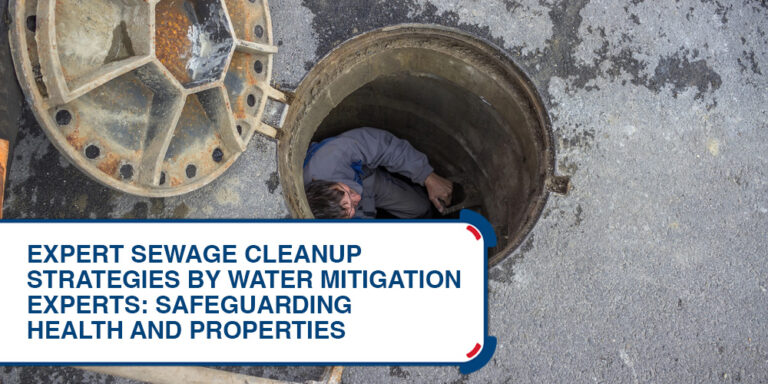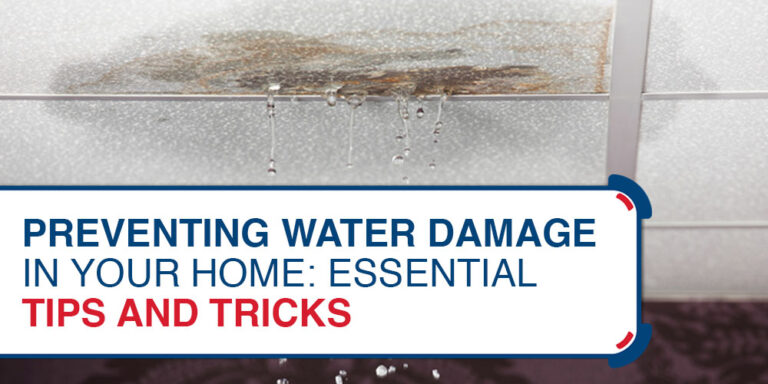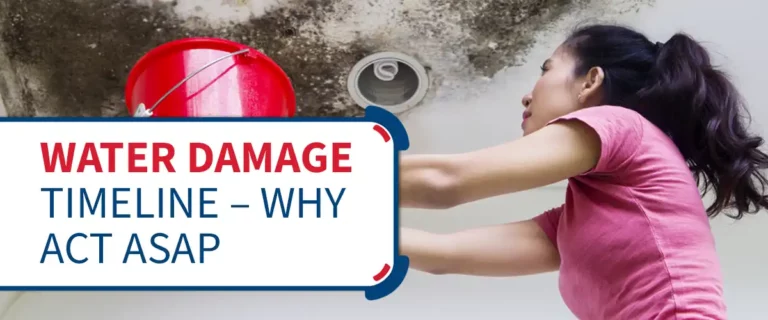Mold, the silent intruder lurking in our homes, is a common household problem that often goes unnoticed until it becomes a severe health hazard. Its stealthy growth in damp, dark corners poses a significant threat to our well-being. In this article, we will unravel mold’s hidden risks, health risks, signs of infestation, the importance of mold remediation, and prevention strategies.

The Health Risks of Mold Exposure
A type of fungus that can wreak havoc on your health if left unchecked, mold is a common health issue when exposed. This includes allergies and respiratory problems. Molds spores can cause allergic reactions when inhaled, causing symptoms like sneezing, coughing, and congestion. Additionally, mold can irritate the eyes, nose, and throat, leading to discomfort and inflammation.
For those with preexisting respiratory conditions, mold can be hazardous. It can exacerbate asthma symptoms and lead to asthma attacks. Moreover, mold exposure has been linked to long-term health effects, including developing chronic respiratory conditions and other serious illnesses.
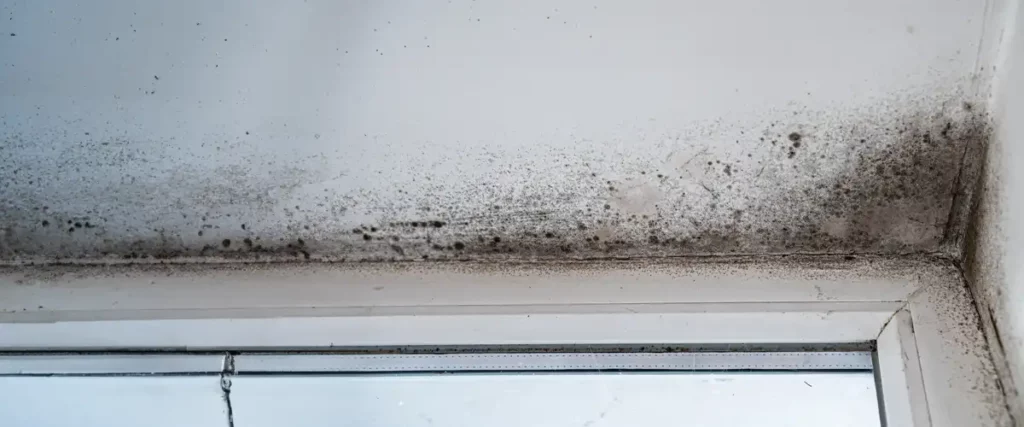
Signs and Symptoms of Mold Infestation
Detecting mold in your home requires vigilance and understanding the various indicators that may indicate its presence. Mold can grow in hidden corners, making it essential to be aware of visual cues and the physical symptoms it can cause in individuals residing in the affected environment.
A. Visual Indicators of Mold Growth
1. Discolored Patches: One of the most noticeable signs of mold infestation is the appearance of discolored patches on surfaces within your home. These patches can vary in color, often appearing green, black, brown, or white. Common locations for these patches include walls, ceilings, and floors.
2. Peeling or Warping: Mold can cause paint or wallpaper to peel, crack, or bubble. Additionally, it can lead to the warping of wooden surfaces. If you notice these visual changes, mold may be the underlying cause.
3. Visible Clumps or Spots: In some cases, mold can form visible clumps or spots that stand out against the affected surface. These clumps may resemble fuzzy or powdery growths and can vary in size.
4. Musty Odors: Although not a visual cue, a musty smell is often linked with mold infestations. If your home has a persistent damp or earthy scent, it’s a sign that you should investigate for mold growth, even if no visible mold is present.
B. Identifying Mold’s Musty Odors:
Mold often emits a distinctive odor, described as musty or earthy. This odor results from microbial volatile organic compounds (MVOCs) released by decay as it grows. The scent can be powerful in areas with significant mold growth, such as basements, crawl spaces, or areas with poor ventilation.
C. Recognizing Health Symptoms in Individuals:
Mold exposure can have several harmful health impacts on individuals living in mold-infested environments. Some common health symptoms associated with mold infestations include:
1. Respiratory Issues: Mold spores, when inhaled, can irritate the respiratory system, leading to symptoms like coughing, sneezing, and shortness of breath. Individuals with asthma or allergies may experience worsened symptoms.
2. Nasal Congestion: Mold exposure often results in nasal congestion or a runny nose. This congestion can persistently and may not respond well to typical allergy medications.
3. Skin Irritation: Mold spores can irritate the skin, causing rashes, itching, or redness. Individuals with sensitive skin may be more vulnerable to these effects.
4. Eye Irritation: Mold can lead to red, itchy, or watery eyes. A feeling of dryness and discomfort often accompanies this irritation.
5. Headaches and Fatigue: Prolonged mold exposure may cause individuals to experience headaches, fatigue, and general malaise.
Furthermore, it’s important to note that individuals may differ in how severe these symptoms are from one another, and not everyone exposed to mold will necessarily develop health problems. However, if you or your family members consistently experience these symptoms while at home and they improve when you are away, it’s a strong indication that mold may be the culprit.

The Role of Mold Remediation
The process of identifying, eradicating, and preventing mold growth in a property is known as mold remediation. This crucial task involves several key steps:
- Initial assessment and testing: A professional mold inspector assesses the extent of the infestation and conducts tests to identify the type of mold present.
- Containment and removal of mold: To prevent the spread of mold spores, sealing off affected areas and carefully removing the mold is necessary.
- Cleaning and disinfection: After removing it, thoroughly clean and disinfect the affected surfaces to eliminate any remaining mold spores.
- Prevention of future mold growth: Professionals take measures to address the underlying root causes of mold growth, like repairing leaks and improving ventilation.
Hiring professional mold remediation services is essential for several reasons. First, professionals have the expertise to handle mold safely and effectively. They also ensure proper disposal of mold-infested materials, reducing the risk of reinfestation. Moreover, they comply with safety regulations, protecting your health and the environment.

DIY Mold Remediation vs. Professional Assistance
While some may attempt DIY mold removal, it comes with its own set of challenges. DIY methods often lack the precision and thoroughness of professional remediation. Meanwhile, improper handling of mold can release spores into the air, increasing the risk of health issues.
Professional assistance offers several benefits. Firstly, it guarantees a comprehensive approach, addressing the root causes of mold growth. Experienced experts in mold remediation in Overland, KS, use advanced equipment and methods to ensure thorough removal and prevention. Moreover, they are well-versed in safety protocols and regulatory compliance, minimizing risks.
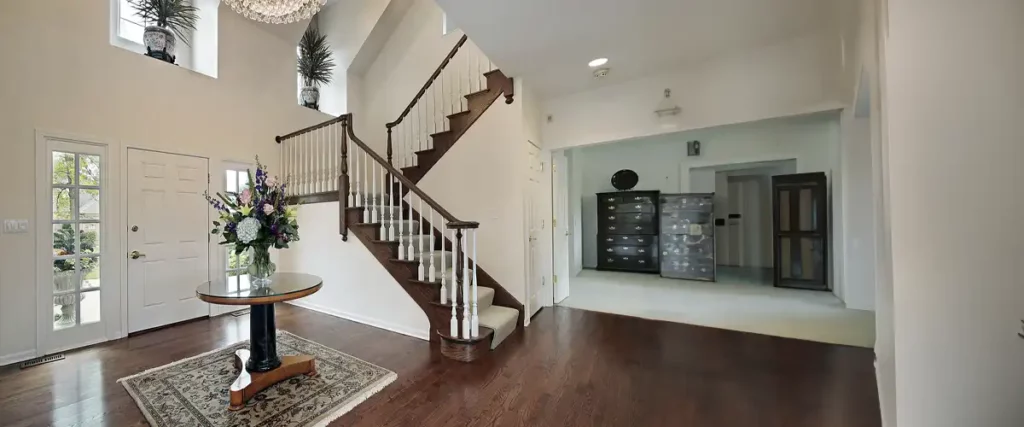
Preventing Mold Growth in Your Home
Prevention is the best defense against mold infestation. Here are some tips to help you keep mold at bay:
1. Reduce moisture and humidity:
Mold thrives in damp conditions, so use dehumidifiers and proper insulation to control humidity levels in your home.
2. Proper ventilation and air circulation:
Ensure your home is well-ventilated, especially in areas prone to moisture buildup, like bathrooms and kitchens.
3. Regular inspections and maintenance:
Routinely inspect your home for leaks and water damage. Address any issues promptly to prevent mold growth.
4. Promptly addressing water damage or leaks:
Water damage is a breeding ground for mold. If you experience a flood, leak, or plumbing issue, act quickly to dry affected areas and prevent mold growth.

Beware Mold! Guard Health, Homes, Happiness.
Mold may hide in the shadows of our homes, but its dangers are all too real. Recognizing the dangers of mold exposure to health and signs of infestation is crucial to safeguarding your well-being. Mold remediation is not just a matter of cleanliness; it’s a matter of health. Hiring professionals to address mold issues ensures thorough and safe removal, while prevention measures are essential for maintaining a mold-free home. Don’t let the hidden dangers of mold compromise your health and comfort; take action to protect your home and loved ones today.
Resources
- Mold – https://nchh.org/information-and-evidence/learn-about-healthy-housing/health-hazards-prevention-and-solutions/mold/
- Mold and Health – https://www.epa.gov/mold/mold-and-health
- Mold and Your Home: What You Need to Know – https://www.health.ny.gov/publications/7287/
- Cerimi, K., Jäckel, U., Meyer, V., Daher, U., Reinert, J., & Klar, S. (2022). In Vitro Systems for Toxicity Evaluation of Microbial Volatile Organic Compounds on Humans: Current Status and Trends. Journal of fungi (Basel, Switzerland), 8(1), 75. https://doi.org/10.3390/jof8010075




